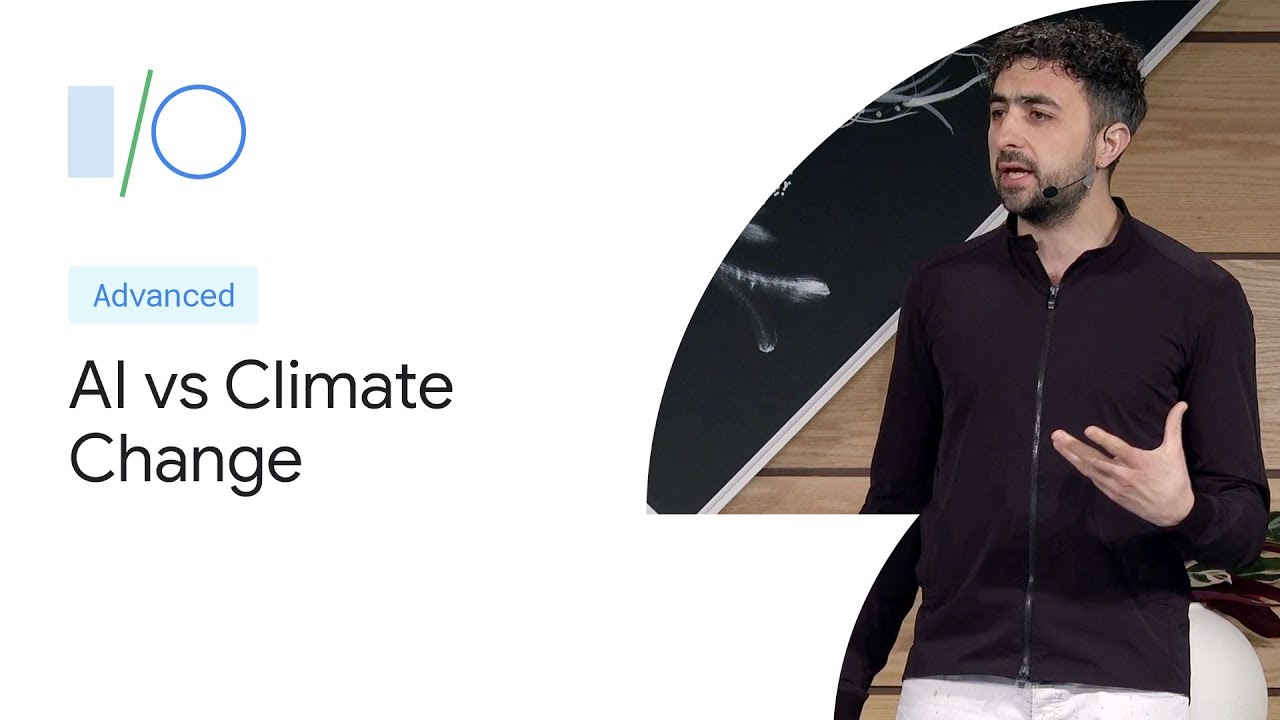TDF
The COVID crisis continues to rage and alter lives across the globe. This pandemic might feel frighteningly unprecedented, but history tells a different story. In 1918, an epidemic began ravaging the world to the tune of 20 – 100 million fatalities. The Spanish Flu: How the World Recovered explores the specifics of this cataclysmic event and extrapolates the most important lessons we can learn from it.
What became known as the Spanish flu infected up to the 2/3 of the world’s population, resulted in a 5% death rate, and equally impacted both young and old. This calamity occurred before many of the tools, technologies and conveniences of our modern world took shape, which made humanity even more vulnerable to the perils of the infection.
Insights into that period of time are far harder to come by than they would be today. The census was not as sophisticated and historical texts are lacking in specificity. Considering this, the film does a noble job of assembling the timelines, incidents, and other details of which we are certain.
This H1N1 pandemic first reared its head near the conclusion of the first World War, as mass numbers of servicemen returned from their travels overseas. Kansas and New York were the first U.S. cities to record infection numbers in the thousands. The disease spread rapidly between America and Europe. Though it is not believed to be the point of the origin, Spain was hit particularly hard, and was one of the few regions willing to publish consistent and frank reporting on the virus.
Much like the Spanish flu, previous plagues through history led to substantive social changes, including enhanced social mobility and cultural and artistic expressions which felt excitingly fresh. What new realities might await us in the aftermath of our current pandemic?
The Spanish Flu: How the World Recovered illustrates eerie connections between our present circumstances and the struggles faced by an unprepared population over 100 years ago. The virus ebbed and flowed, the people’s diligence of defense waned, the media and government authorities stifled information in an attempt to sustain public morale. In the midst of these connections are important lessons from which we all can benefit.



